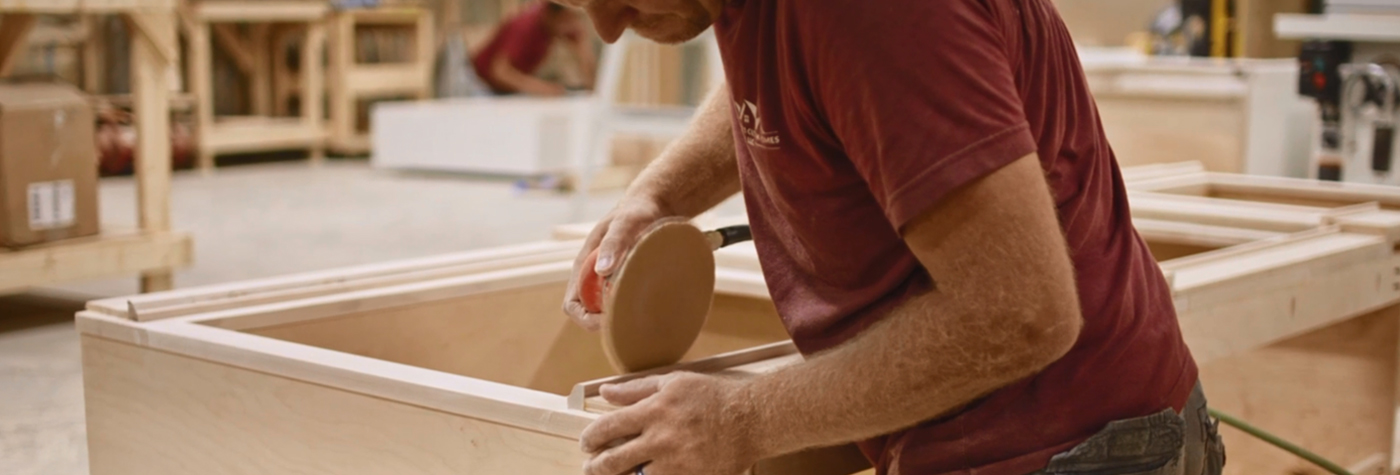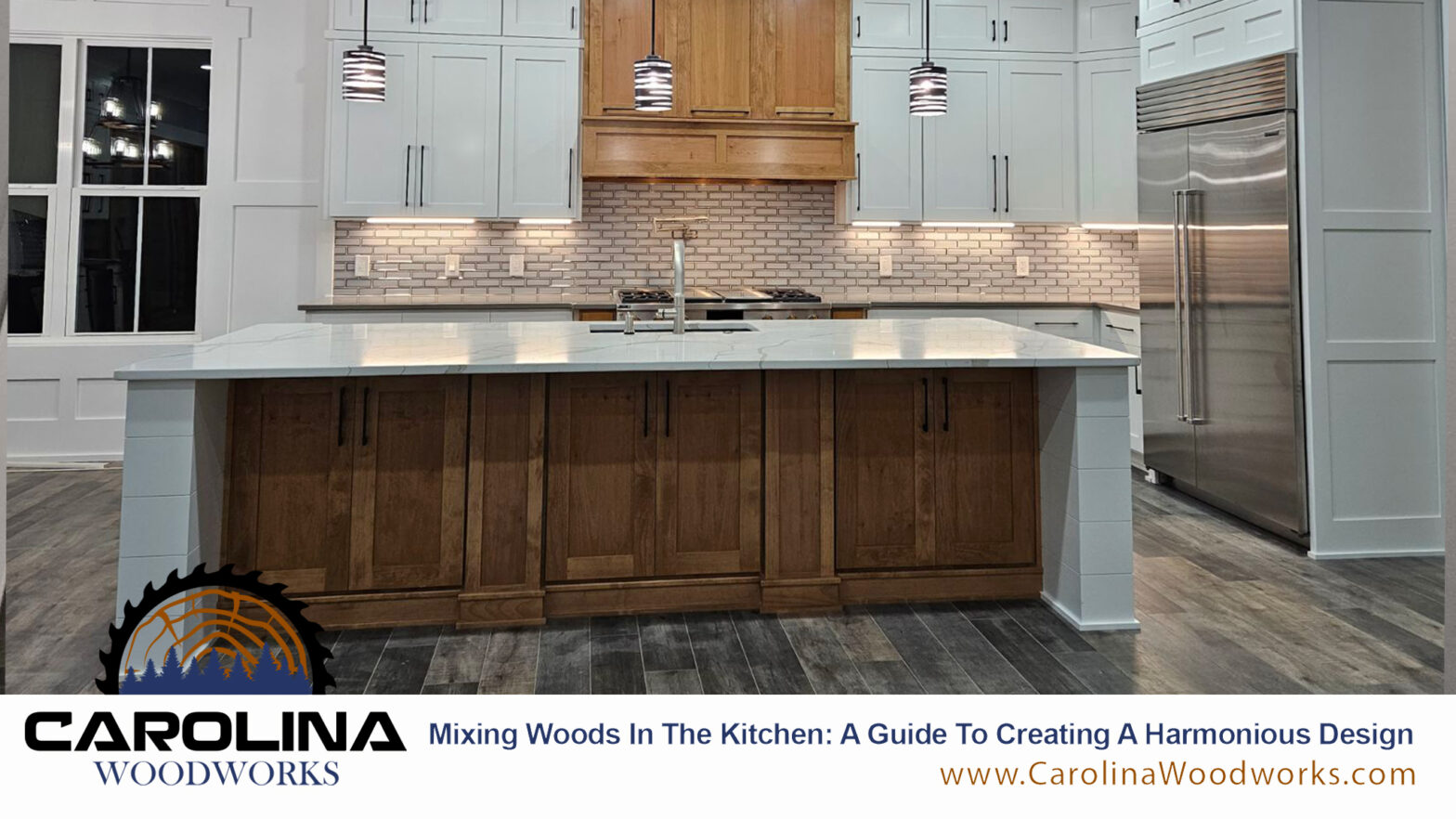Mixing Woods In The Kitchen: A Guide To Creating A Harmonious Design
As a custom cabinet maker, I believe that the kitchen is the heart of any home. It is where family and friends gather, meals are prepared, and memories are made. When designing your kitchen, it’s important to consider the materials you will use for your cabinets, countertops, and flooring. One design trend that has been gaining popularity is the use of mixed woods. By combining different types of wood, you can create a unique and harmonious design that reflects your personal style. In this blog post, we’ll explore the benefits of mixing woods in the kitchen and provide some tips for creating a cohesive look.
Consider Your Color Palette
When selecting different wood species, it’s important to choose ones that complement each other. Start by considering the color palette of your kitchen. If you have warm tones like beige or brown, consider using a mix of woods that have warm undertones like cherry, oak, or walnut. If your kitchen has cooler tones, such as gray or blue, consider using woods like maple or birch that have a lighter, more neutral look. By keeping your color palette in mind, you can ensure that your mixed woods will work together harmoniously.
Choose Woods That Vary In Texture
Another key consideration when mixing woods is texture. By choosing woods that vary in texture, you can add depth and interest to your kitchen design. For example, you could pair sleek and smooth maple cabinets with a textured walnut countertop. Or, you could pair a rustic oak floor with shaker-style cherry cabinets. Mixing woods with different textures can create a dynamic and visually appealing look.
Mixing Woods In The Kitchen: A Guide To Creating A Harmonious Design
Create Contrast
Mixing woods that have a strong contrast in color and texture can create a bold statement in your kitchen design. For example, pairing a dark stained walnut island with light maple cabinets can create a striking contrast that draws the eye. Contrast can also be achieved by pairing a highly figured wood, such as birdseye maple or curly cherry, with a more subdued wood like oak or hickory.
Use Woods With Similar Grain Patterns
If you prefer a more subtle approach to mixing woods, consider using woods with similar grain patterns. For example, you could pair flat-sawn oak cabinets with rift-cut oak flooring. Or, you could mix birdseye maple panels with a curly maple countertop. Using woods with similar grain patterns can create a cohesive look without being too busy or overwhelming.
Don’t Forget About Finishing
When mixing woods, it’s important to consider how you will finish them. Different woods absorb stain and finish differently, so it’s essential to test your finishes on small pieces of each wood before applying them to your entire kitchen. Keep in mind that different finishes, such as matte or gloss, can also impact how your mixed woods look together. By taking the time to test your finishes and consider their impact, you can ensure that your mixed woods will look their best.
Mixing Woods In The Kitchen: A Guide To Creating A Harmonious Design
Mixing woods can be a great way to add visual interest and unique character to your kitchen design. By considering your color palette, texture, contrast, grain pattern, and finishing, you can create a cohesive look that reflects your personal style. If you’re interested in incorporating mixed woods into your kitchen design, reach out to us at Carolina Woodworks for help bringing your vision to life.
Are you a designer or builder, be sure to ask about our trade program.
Connect with us on your favorite social media, and see some our most recent projects.
Facebook | Instagram | LinkedIn and be sure to check out our 5 Star Reviews.




